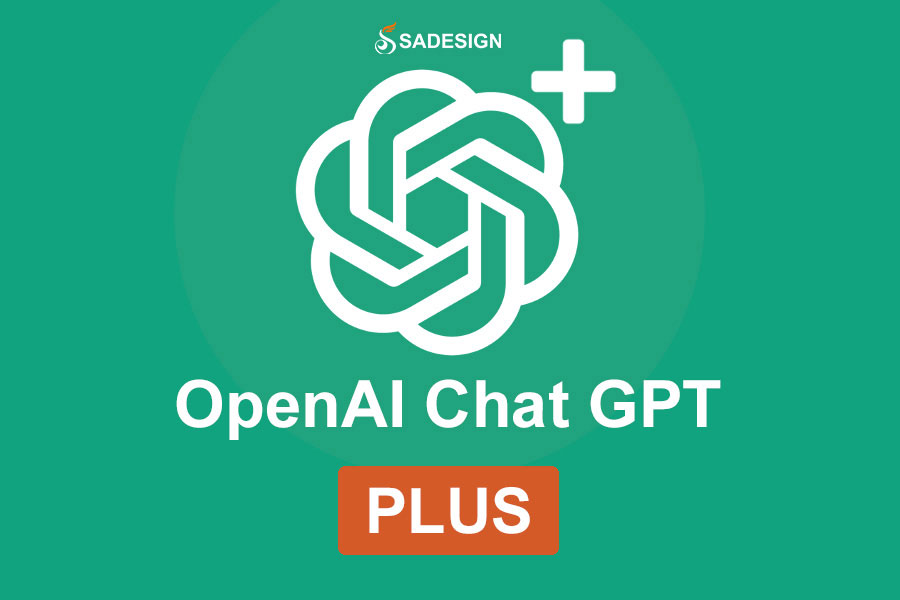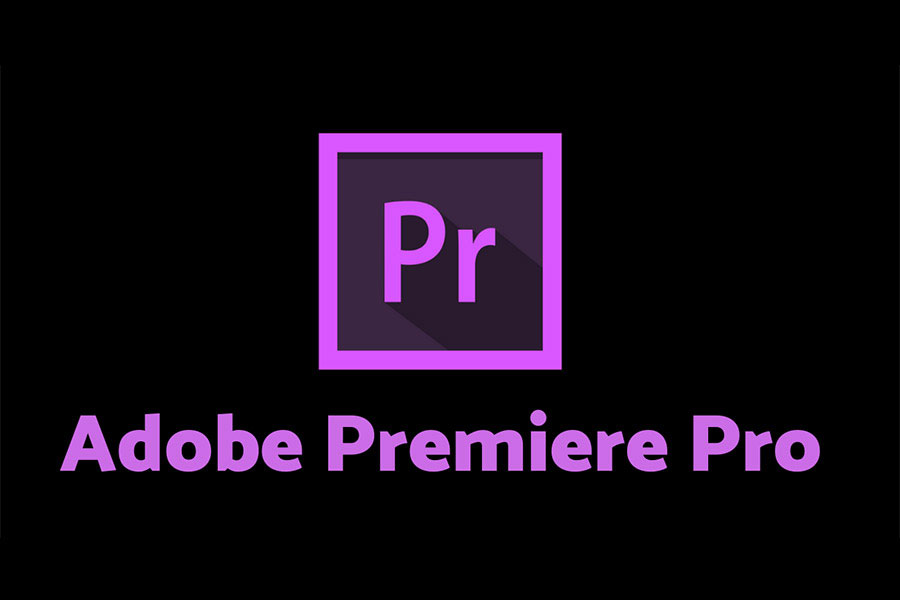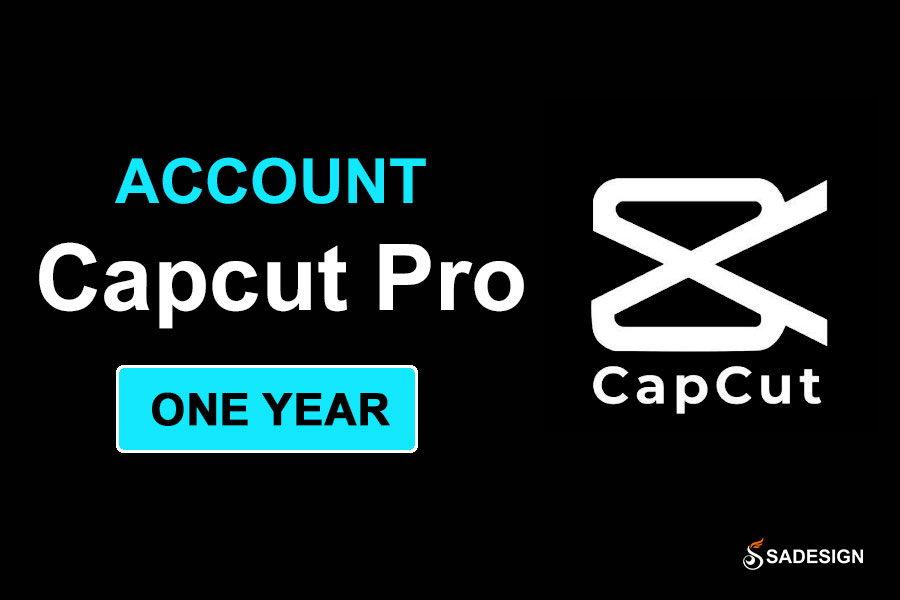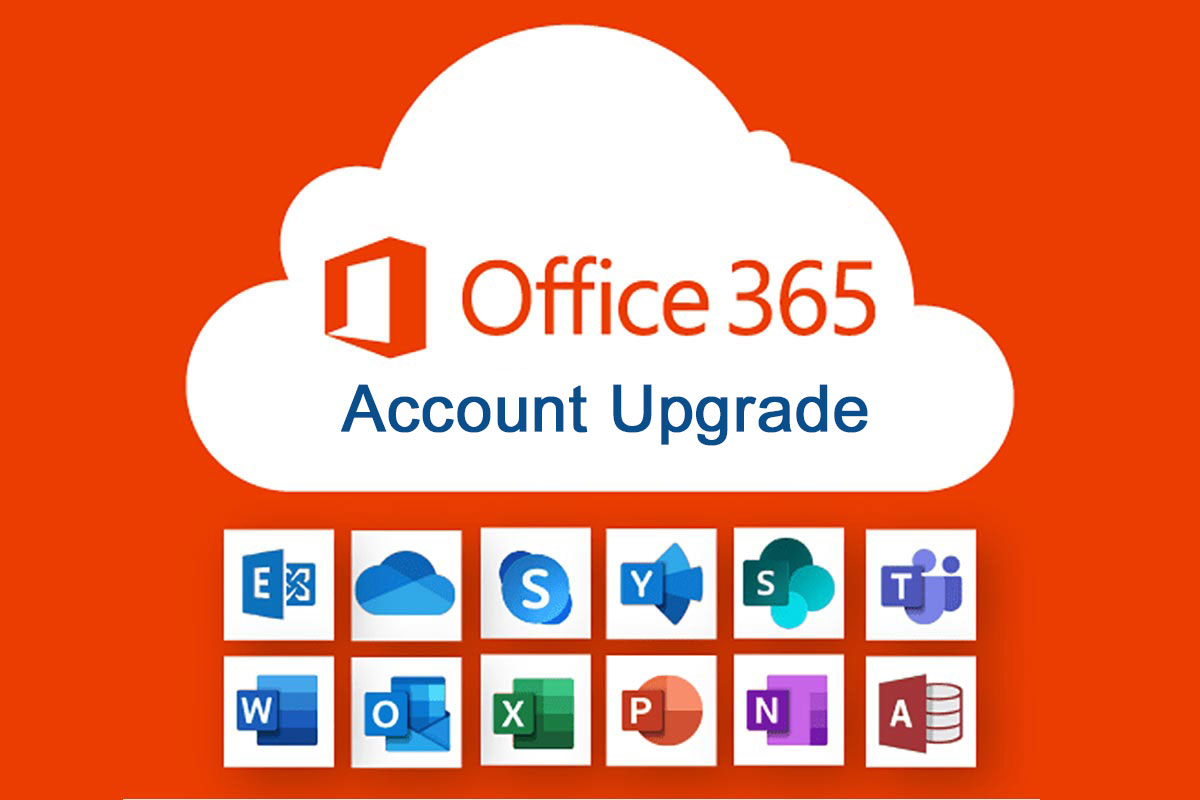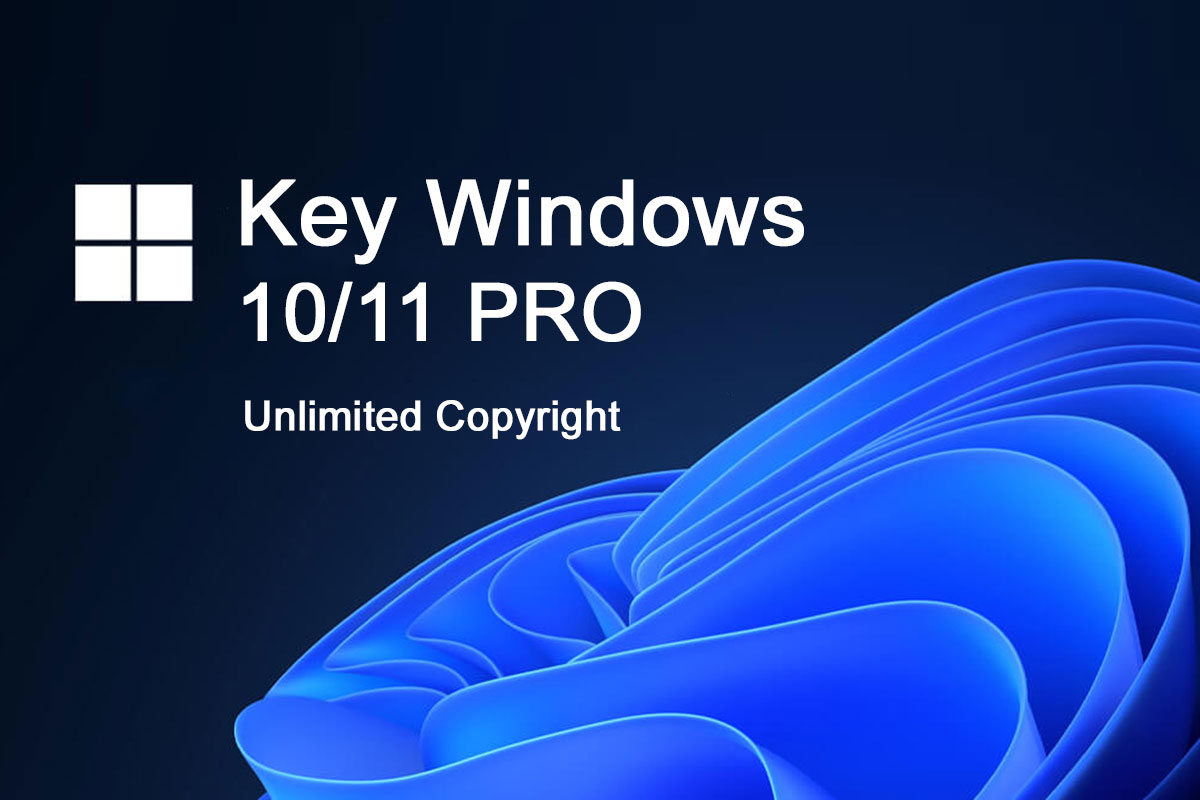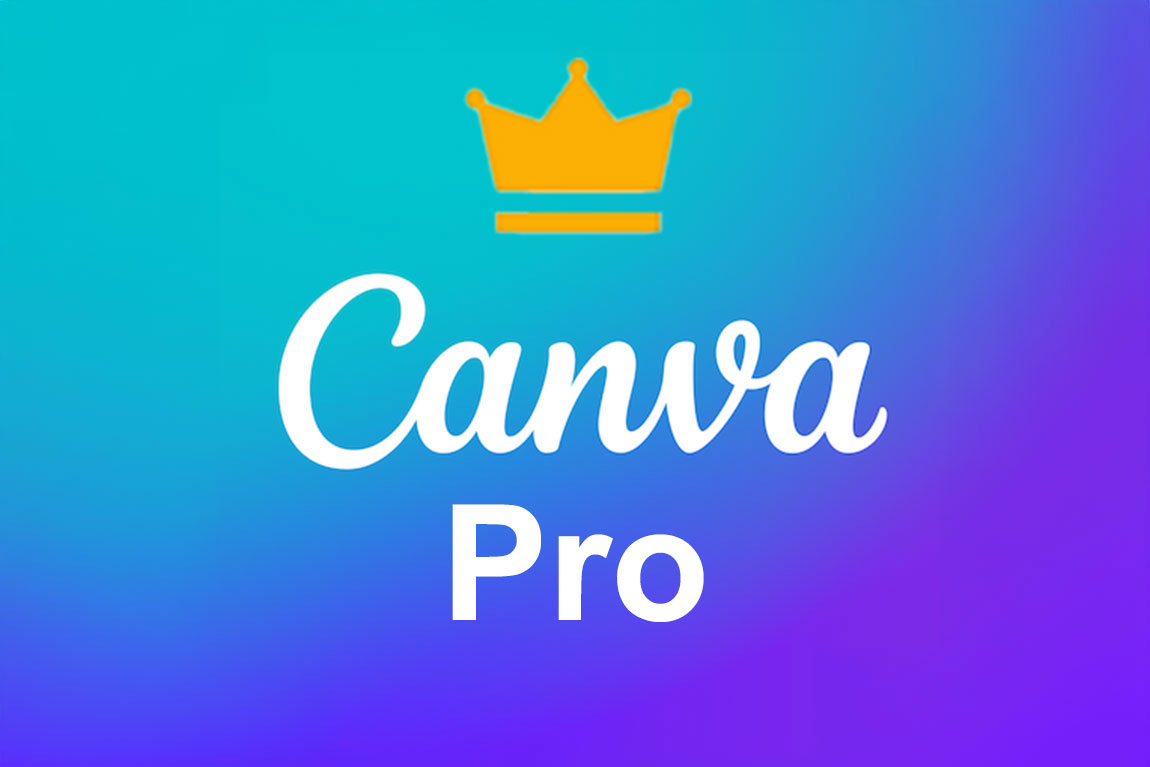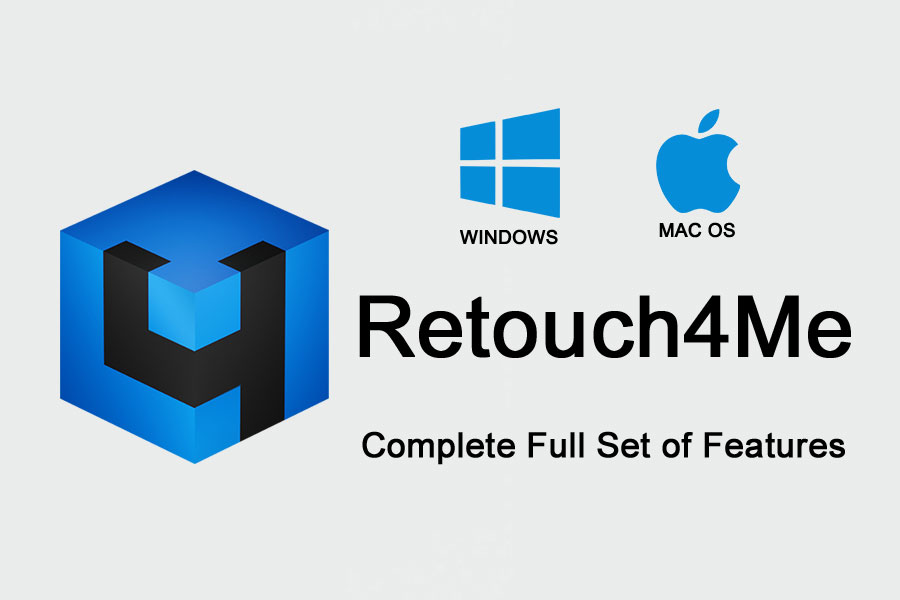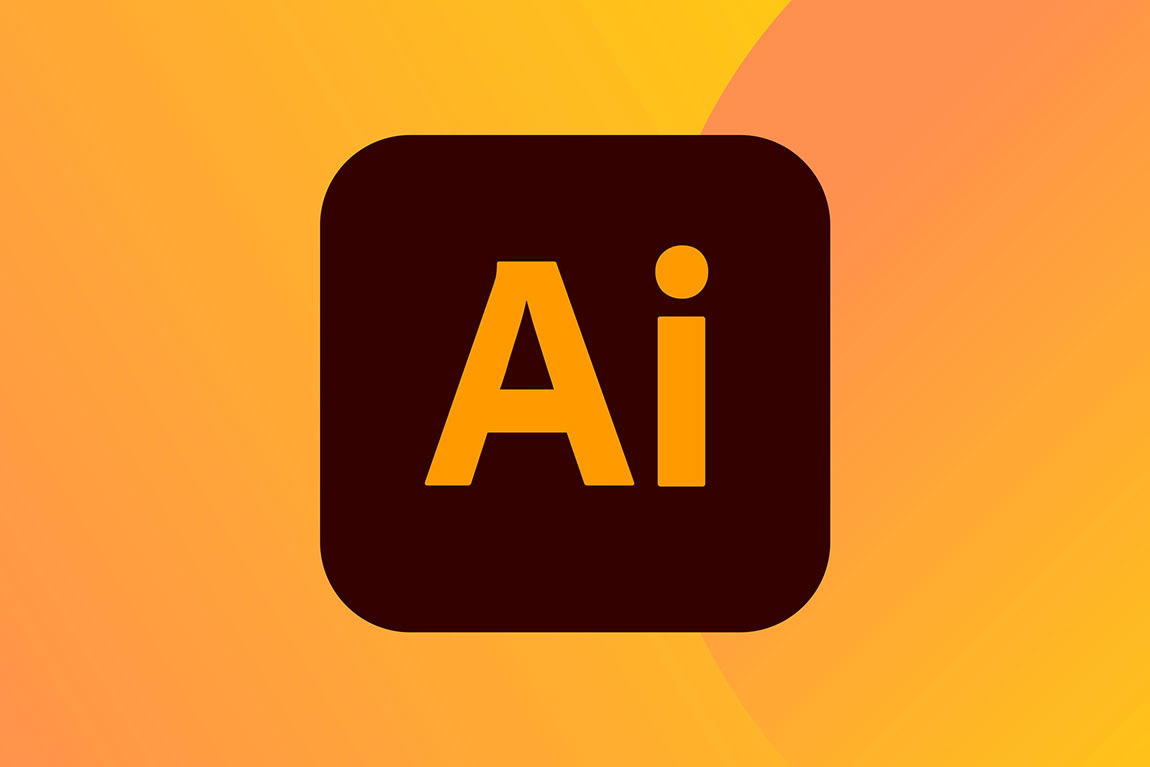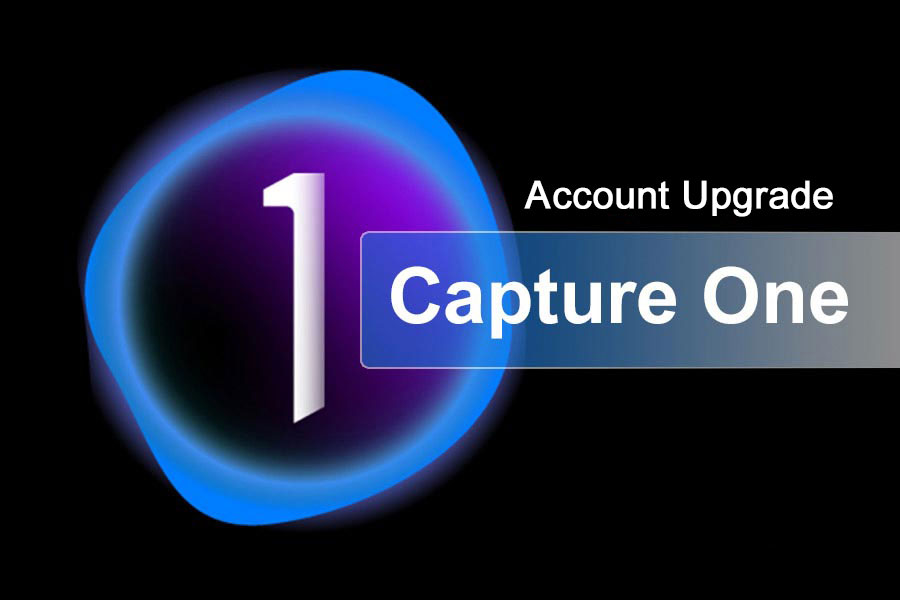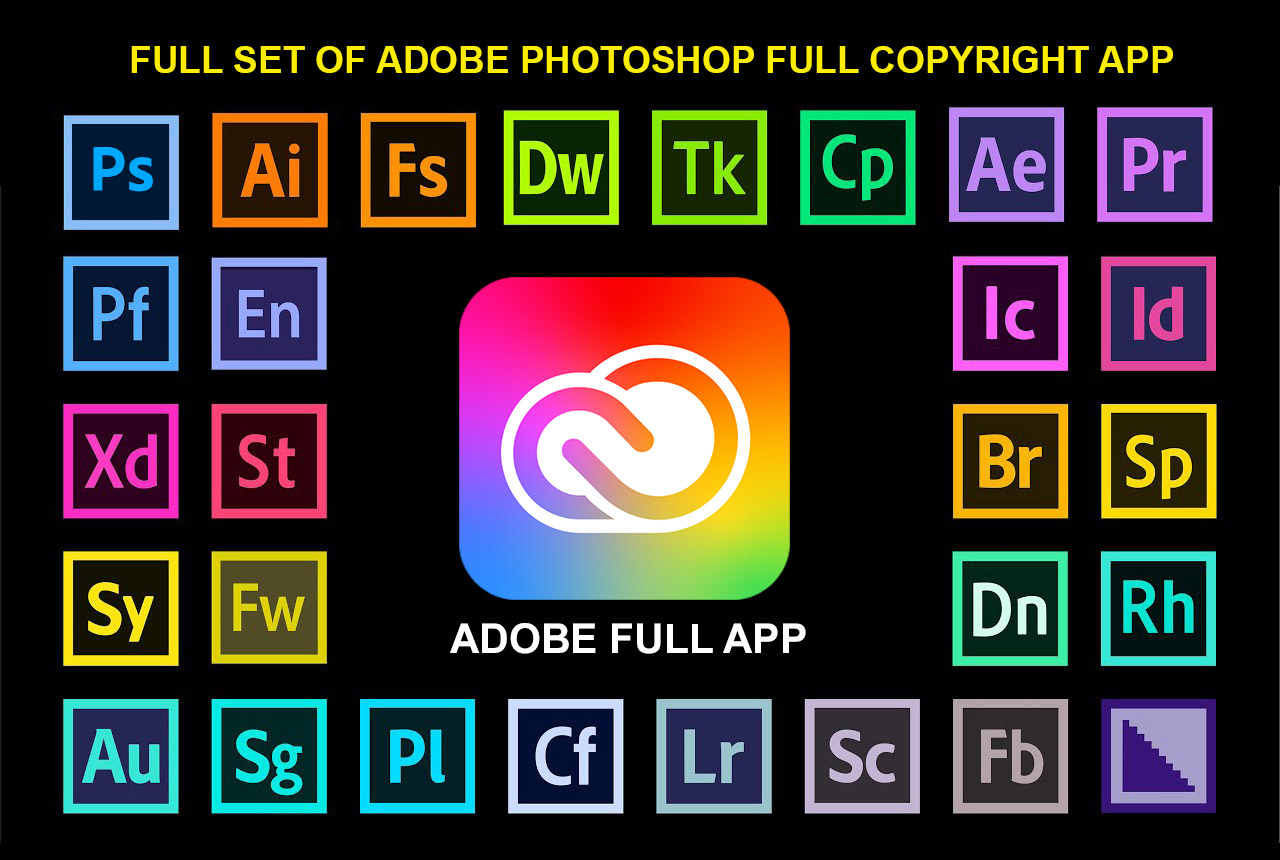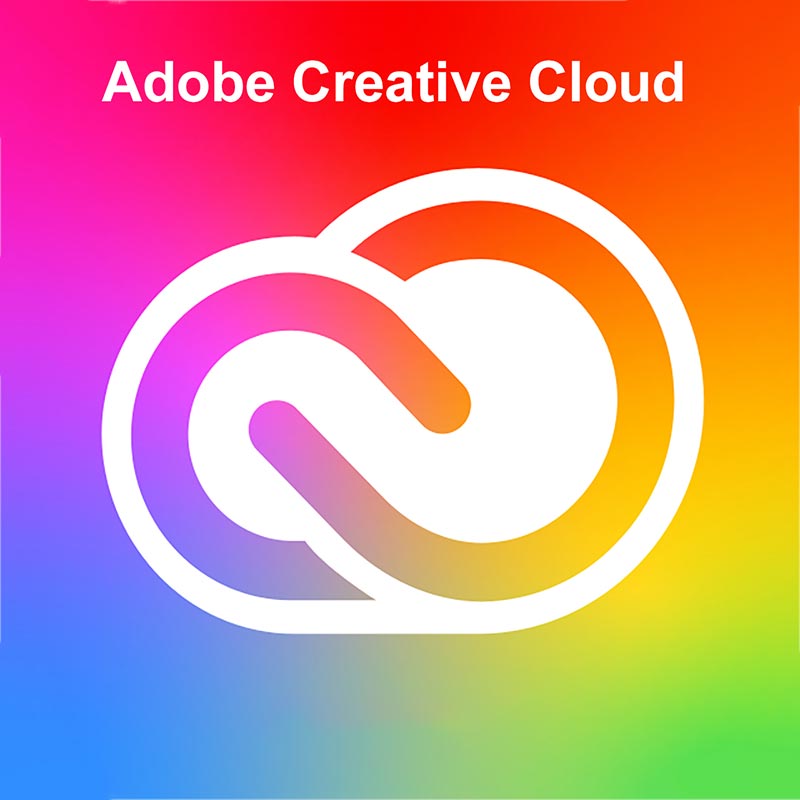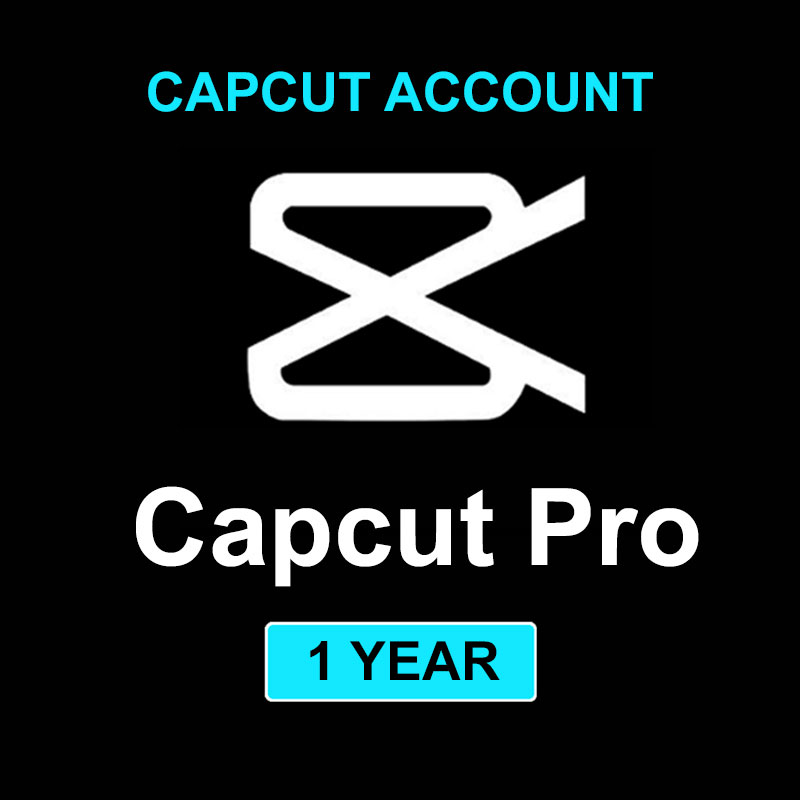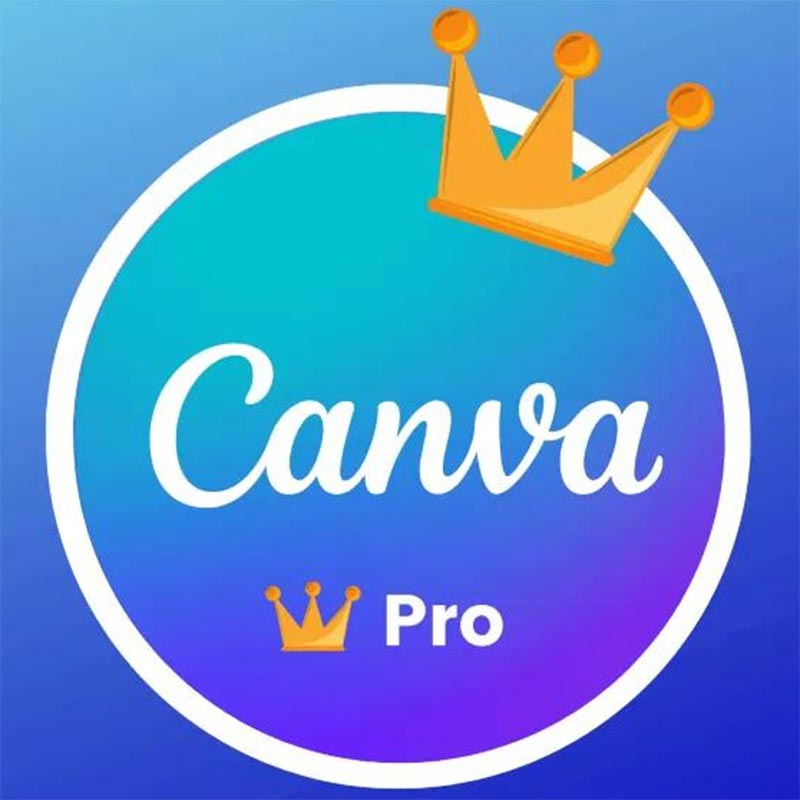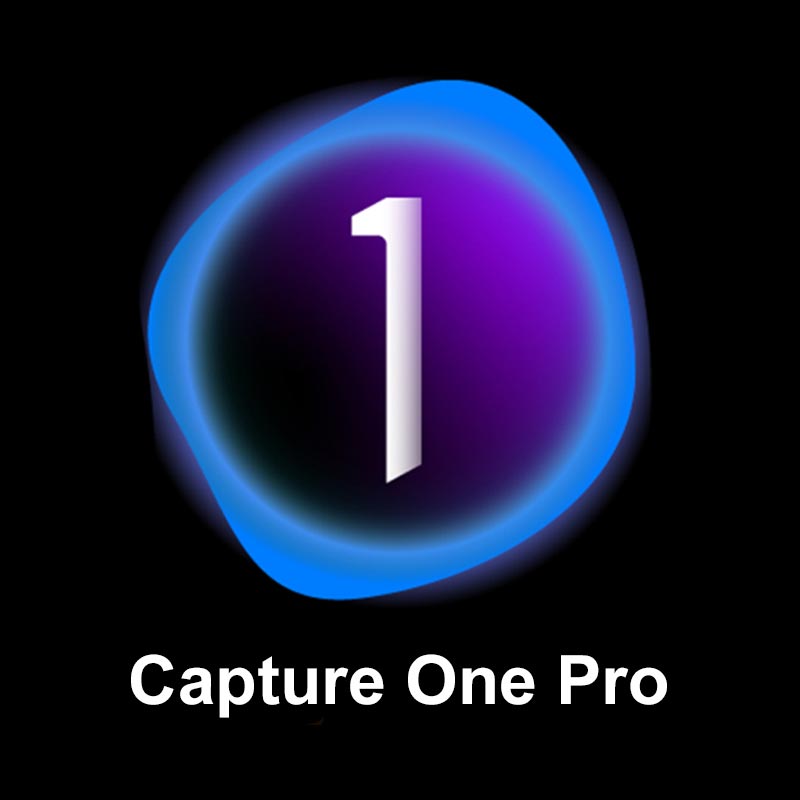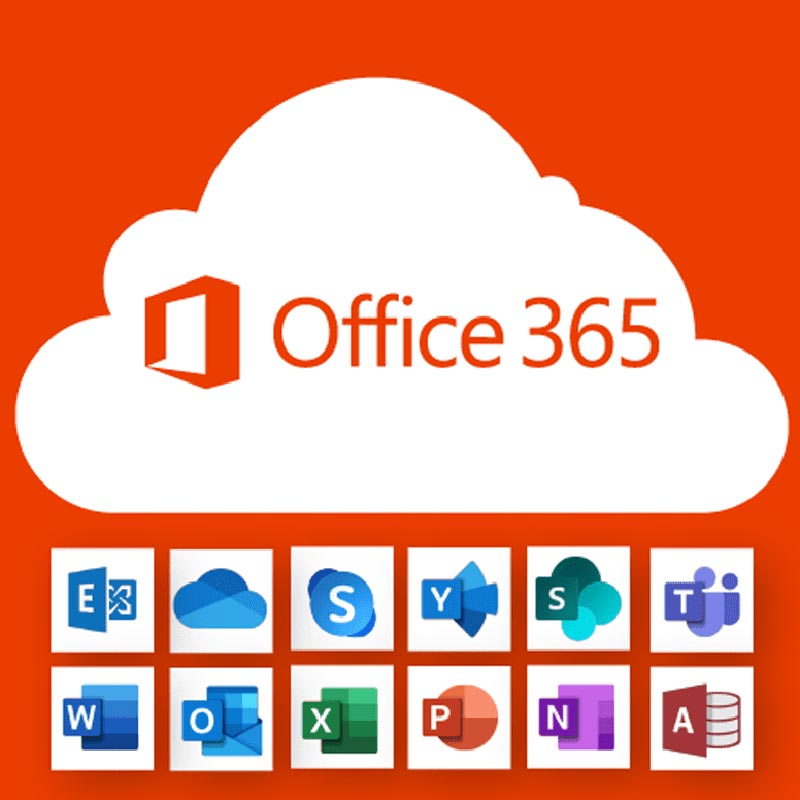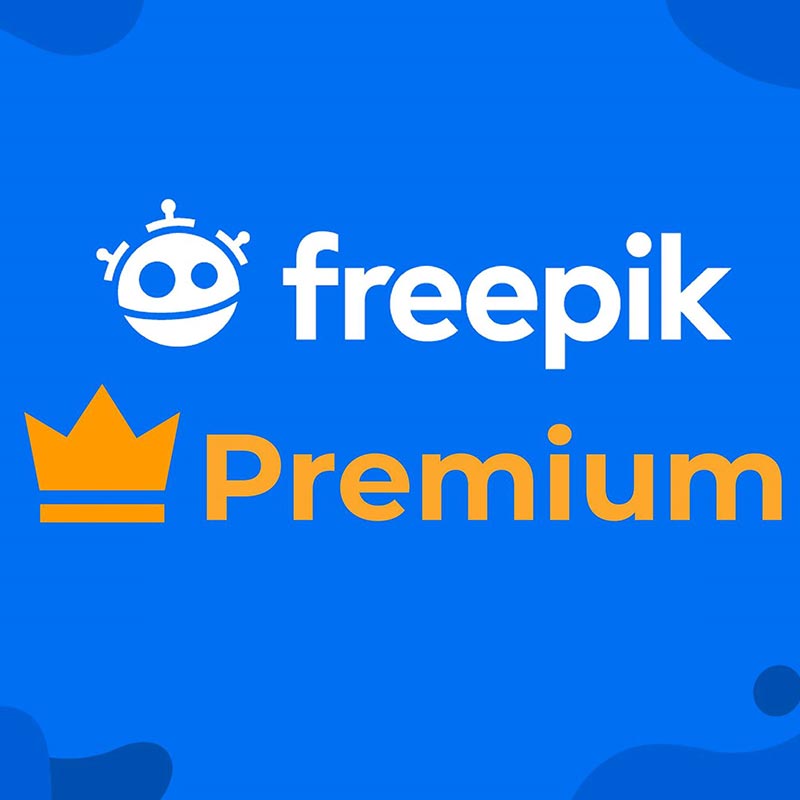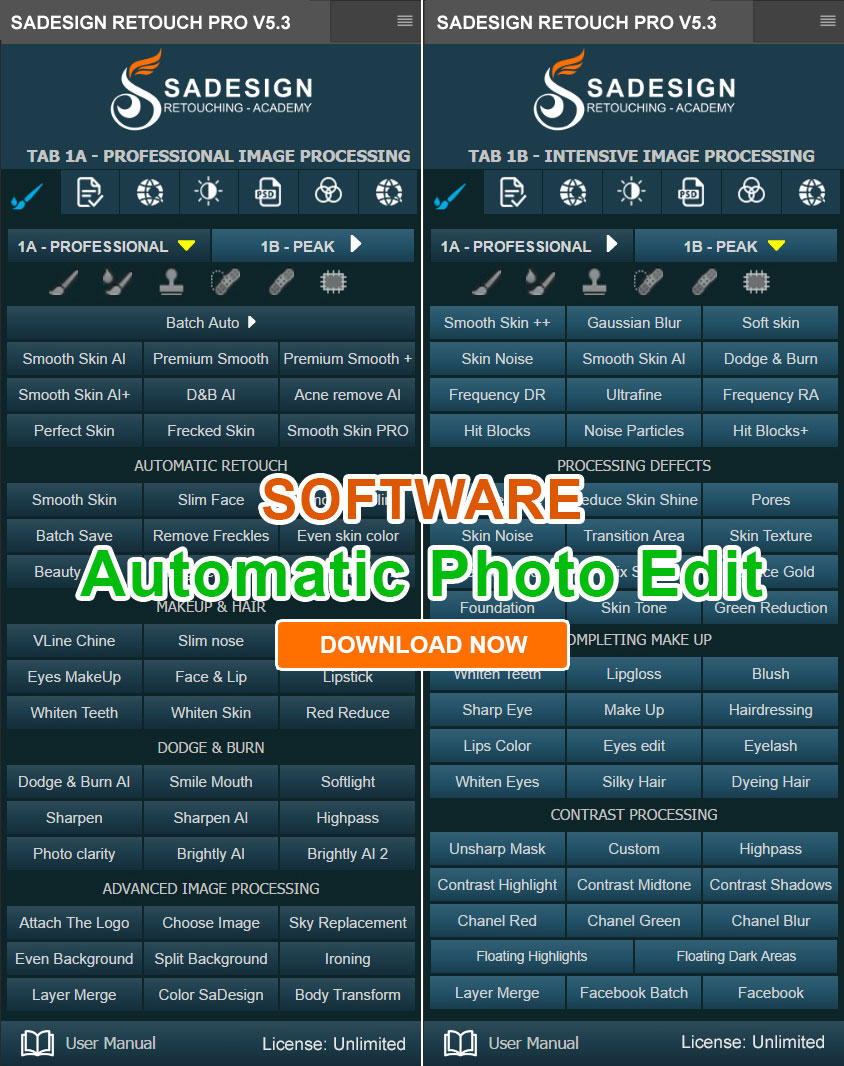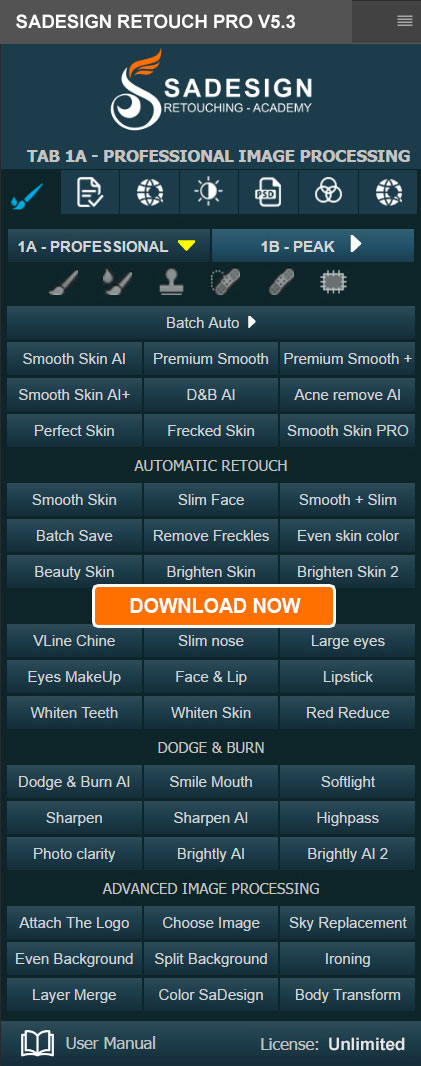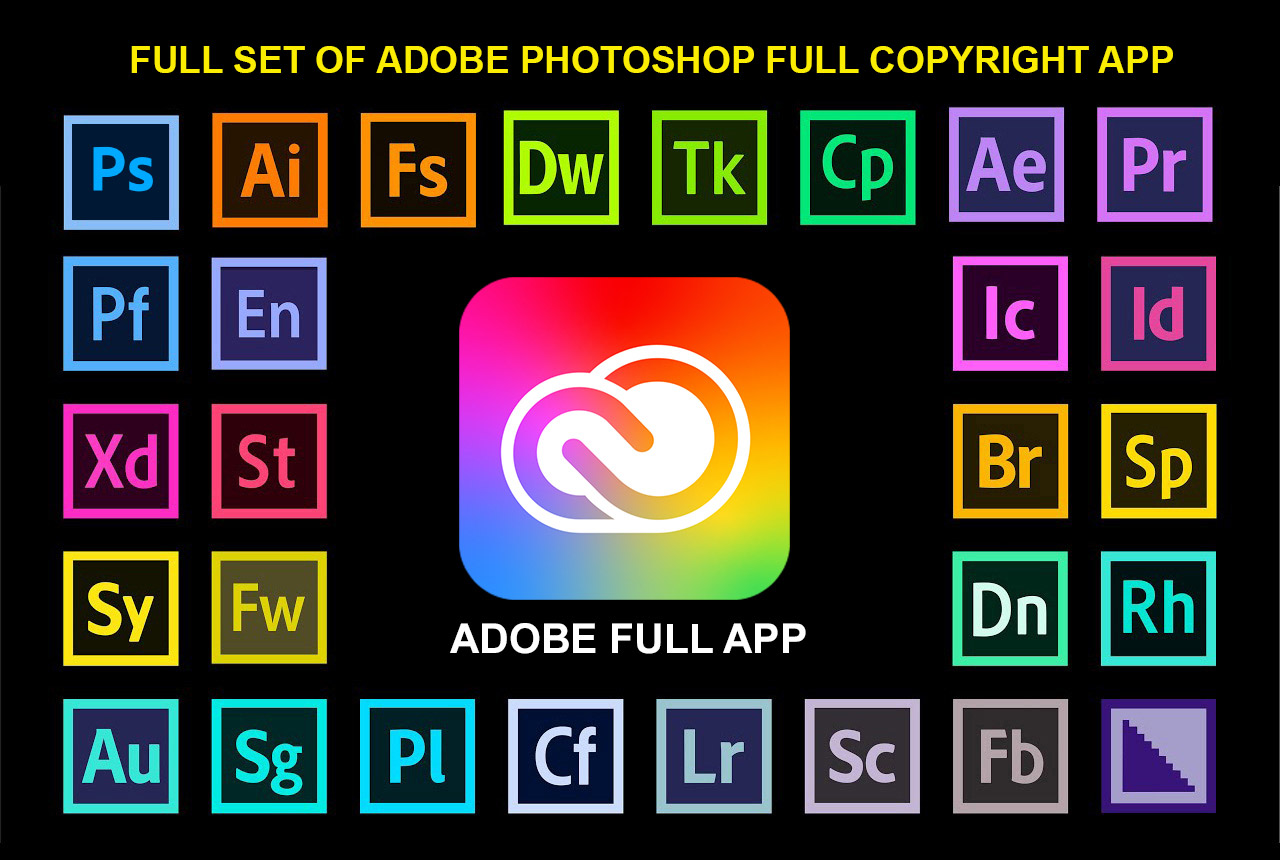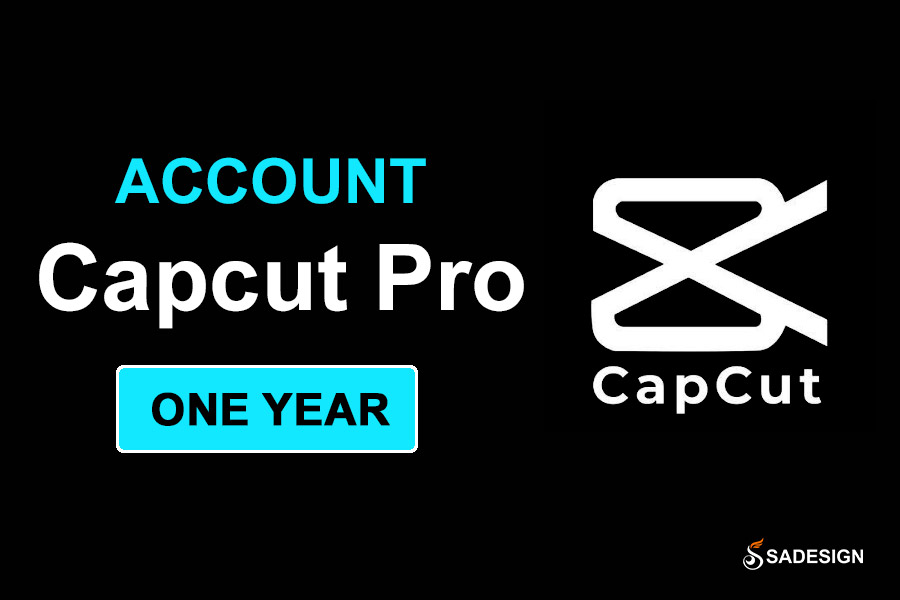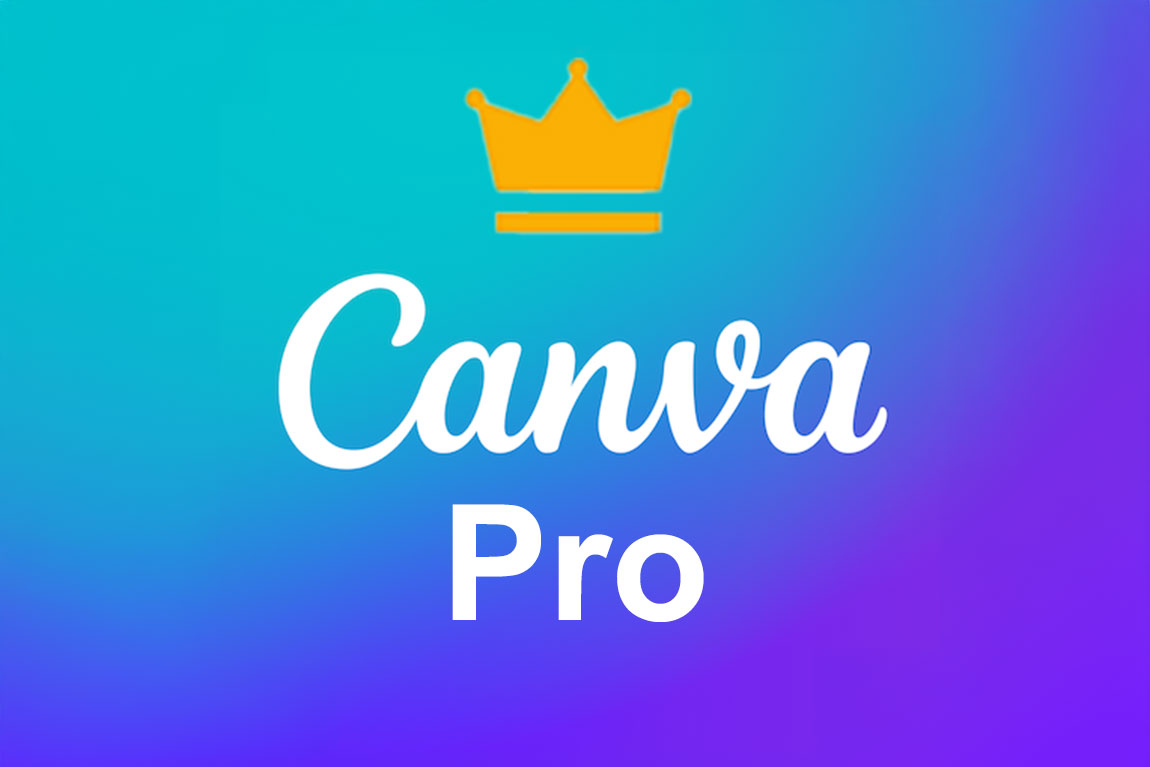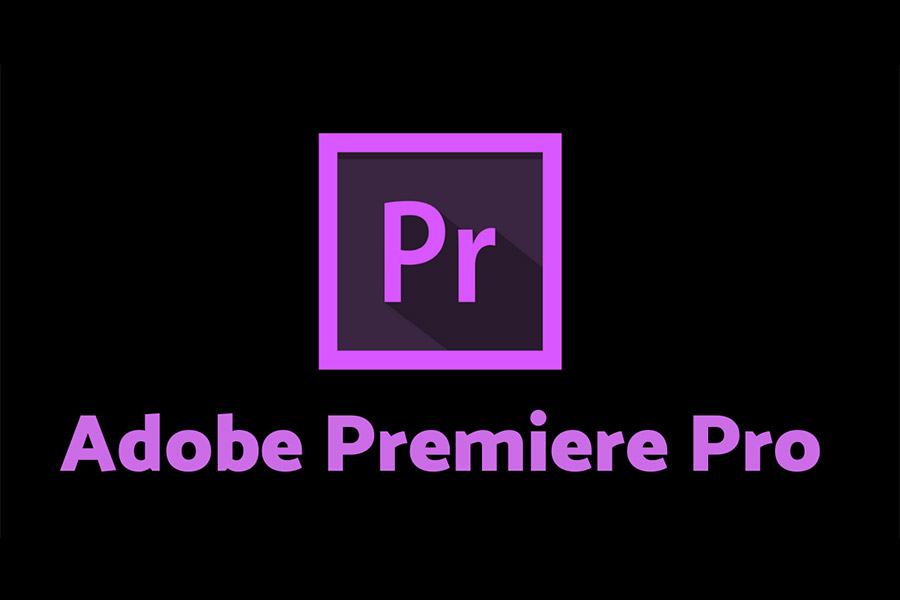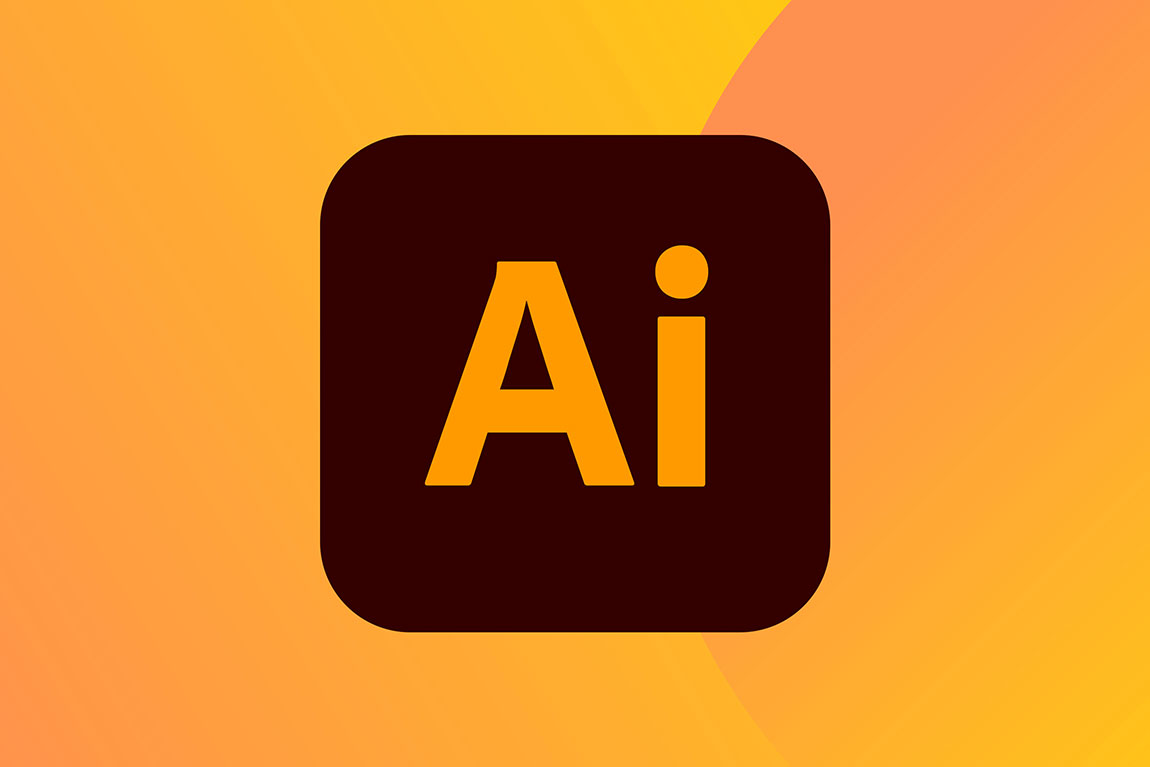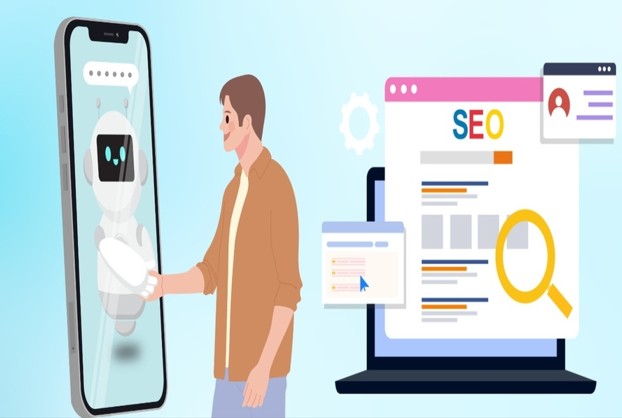Best Selling Products
Why Advertising Is Never Effective? 3 Reasons That Few People Say Directly
Nội dung
We often hear complaints like: "My advertising is not effective", "Why is my advertising not effective?"... These questions appear over and over again, enough to see that this is really a common pain for many marketers, especially small and medium-sized businesses.

Every day, in the process of working with customers as well as when participating in teaching courses on marketing in general and digital marketing in particular, we often hear complaints like: "My advertising is not effective", "Why is the advertising not effective?"... These questions appear repeatedly, enough to see that this is really a common pain of many marketers, especially small and medium enterprises, individuals doing online business or even new marketers.
Of course, each situation has different causes, even overlapping factors, and if you don't look specifically and dissect them in detail, it's difficult to pinpoint the real cause. But there is an undeniable truth: marketers themselves understand that advertising today is less effective than before. This is true, because digital advertising competition is increasing, user behavior is constantly changing, advertising costs are increasing, and large platforms are increasingly "tightening" their algorithms.
However, those are just the “objective” reasons that most people can point out to justify. As for me, I believe that the “subjective” factor is the most important. That is also the reason why today I want to share my perspective in the hope of helping you see more clearly these subjective problems so that you can overcome them. In this article, we will focus on analyzing the three most common “subjective” reasons that make advertising ineffective.
1. First, inefficiency is due to… bad running!
I believe that sometimes we have to be honest and blunt in order to wake people up. It sounds harsh, but it’s true: if it’s not effective, it’s most likely because it’s done poorly! Digital marketing, in the end, is just applying digital tools to make marketing more effective. However, the core must still start from basic knowledge of marketing – the “root” that leads all other activities.

During my work and teaching, I met many people who run ads but do not understand anything about basic marketing. They rush into learning advertising “techniques” such as targeting, budgeting, bidding, A/B testing, retargeting… but do not know who their customer segment is, what they need, how they buy and why they should buy from you. When you do not understand your customers, your targeting is just “shooting blindly”. You can set up beautifully, write shiny copy, but it is no different from throwing stones into a pond of duckweed.
One of the fundamental concepts that anyone studying marketing must understand is STP: Segmentation – Targeting – Positioning. This is the guiding principle for any campaign (online or offline) to have a reason to exist and a chance to touch the hearts of buyers. Without a clear STP, without a specific customer portrait, all tools are meaningless.
In fact, people with a systematic marketing mindset always know that running ads is just the tip of the iceberg, the most important part lies in the preparation stage. You have to analyze the market, identify the right segment, clearly draw a customer portrait, understand the insight, find the USP of the product, plan the communication message and the appropriate approach. If you do these things well, when you "press the button to run ads", you can hope for good results.
On the contrary, if you just “jump” into Facebook Ads or Google Ads without a foundation, everything is just a game of chance. That is also the reason why many people rush into buying advertising courses, but after running them, the results are poor, then they turn around and blame “the market”, “Facebook is squeezing interactions”, “customers have no demand”. But let me repeat: the problem is not in the tools, but in your lack of understanding of marketing.

But even if you have a solid marketing knowledge, have clearly defined customers, messages, USPs, there is still a possibility that advertising is not effective. So what is the problem? The second reason is no less important: choosing the wrong tools.
2. Second, it could also be due to… choosing the wrong tool.
Imagine this: you want to shoot birds, but you bring a fishing rod. Or you go fishing but use a slingshot to shoot birds. It sounds funny, but it happens every day in the marketing world. Many people just choose tools based on “whatever they are familiar with,” without asking the question: is this tool really suitable for the purpose?
A common mistake is the mindset that “Facebook Ads is everything”. You sell online? Create a fanpage, run Facebook ads. Everyone does it. But Facebook is just one of many tools, and for each industry, each goal, Facebook is not always the optimal choice.
I remember working with a student once – she sold women’s fashion, and her sales were mainly from Facebook and e-commerce platforms. She firmly stated: “No one in fashion runs Google Ads, only Facebook.” After listening, I just smiled, then showed her a series of Google Trends data, keyword search reports… In fact, the number of searches for fashion-related keywords on Google is still very high. Big brands like Zara, H&M, Uniqlo all invest heavily in Google Ads, SEO and display channels (Display Network).
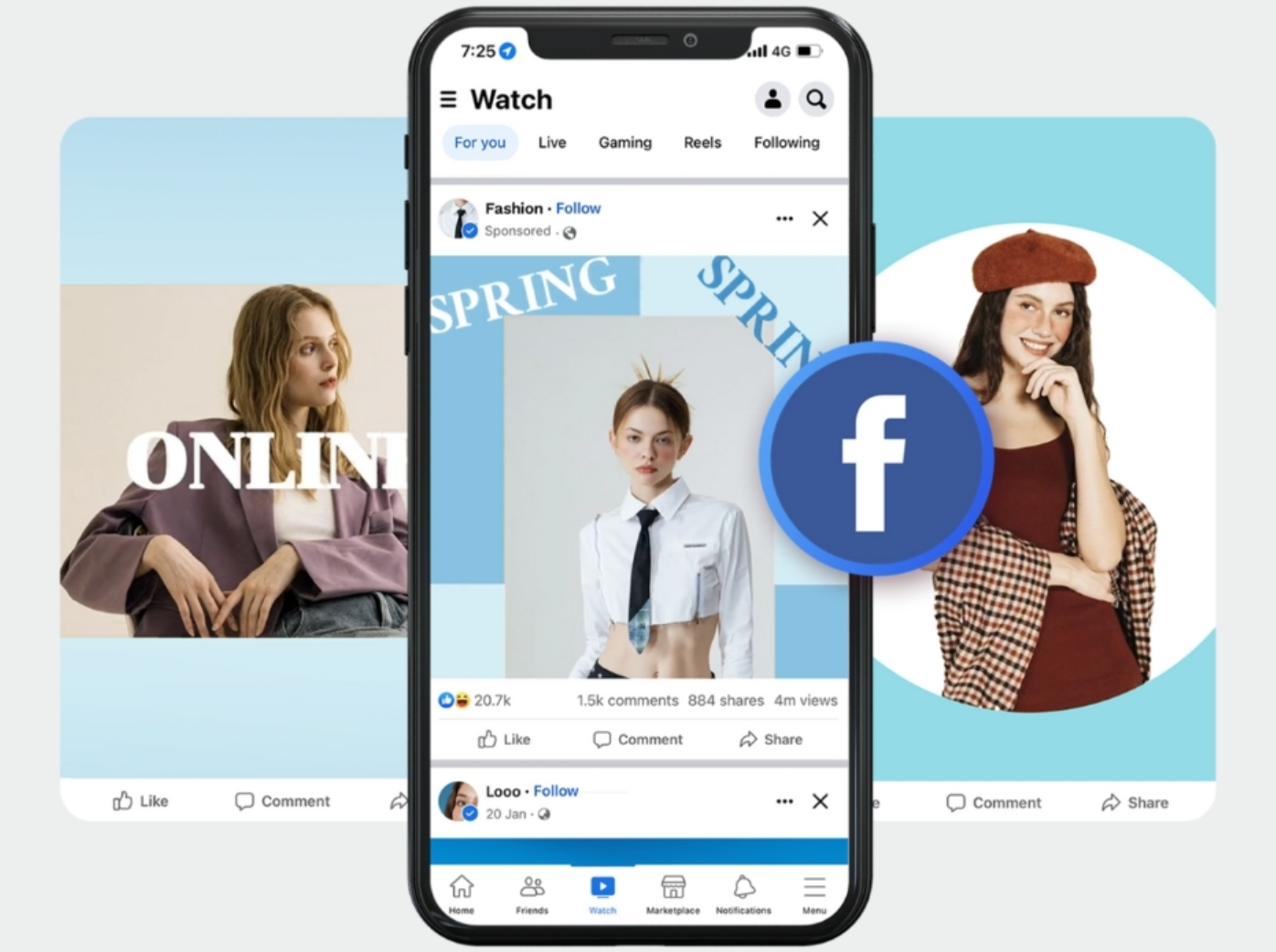
So why do small shops only stick to Facebook? Simply because… it’s easy! Creating a fanpage takes 5 minutes, and clicking the ad button is not too difficult. But creating a website requires hiring a designer, taking care of the content, running SEO, and spending maintenance costs. So most choose the “easy way” and limit their opportunities to reach customers.
Not to mention, consumer behavior today no longer follows a single channel. They can watch Facebook ads, visit websites to see products, go to Google to find reviews, and finally buy on Shopee. An effective marketing campaign always requires multi-channel coordination (Omnichannel). You cannot expect to use only one tool to bring optimal results.
Obviously, only those with a full marketing mindset can see the big picture: customers do not stay in one place, so marketers cannot stay in one channel. You must know how to coordinate tools: Facebook Ads, Google Ads, SEO, Email Marketing, Remarketing, Affiliate, Influencer, Content Marketing... Each tool has its own strengths, your task is to choose the right one and combine them to achieve the highest efficiency.
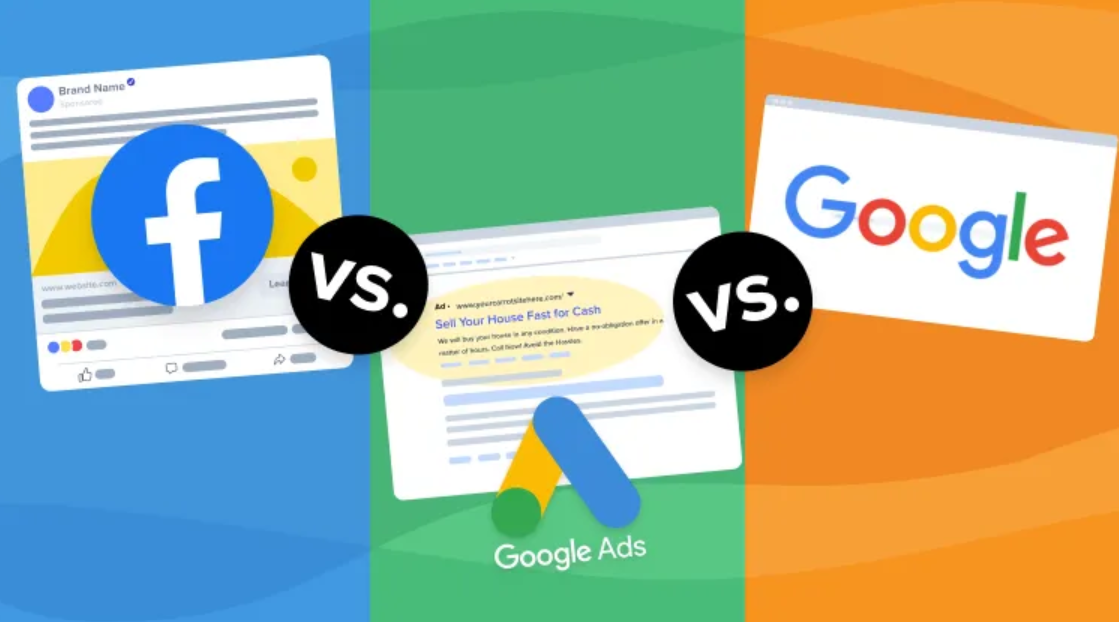
Even if you know how to run ads well and have coordinated tools flexibly, there is still another “trap” that can make you make a wrong judgment. That is the way to measure and evaluate effectiveness. And this is the third reason.
3. Third, we use inappropriate metrics or assessments to evaluate performance.
This is probably the most difficult “trap” to see, but the most common. Many people run ads for a while, look at the reports and see beautiful CPM, CPC, CTR, then conclude that “the campaign is successful”, while revenue does not increase. Or conversely, advertising costs are higher than competitors but the actual ROI is better just because they know how to choose the right measurement index.
To help you visualize, I would like to tell you a small but thought-provoking story about reliability and validity. In the past, when the Ministry of Education began to tighten the regulation that university lecturers must have a teaching certificate, Hoa Sen University invited teachers from the Pedagogy department to teach. In class, the teacher of the subject of Assessment in Education asked: "A measurement can be reliable but not valid, but the opposite will not happen. True or false?"
The whole class (all lecturers) answered “wrong”, only I answered “correct”. The reason I know is because I used to teach Market Research, I understand these two concepts clearly: reliability means that the measurement is consistent, repeated over and over again giving the same result. But validity is whether you are measuring the right thing or not.
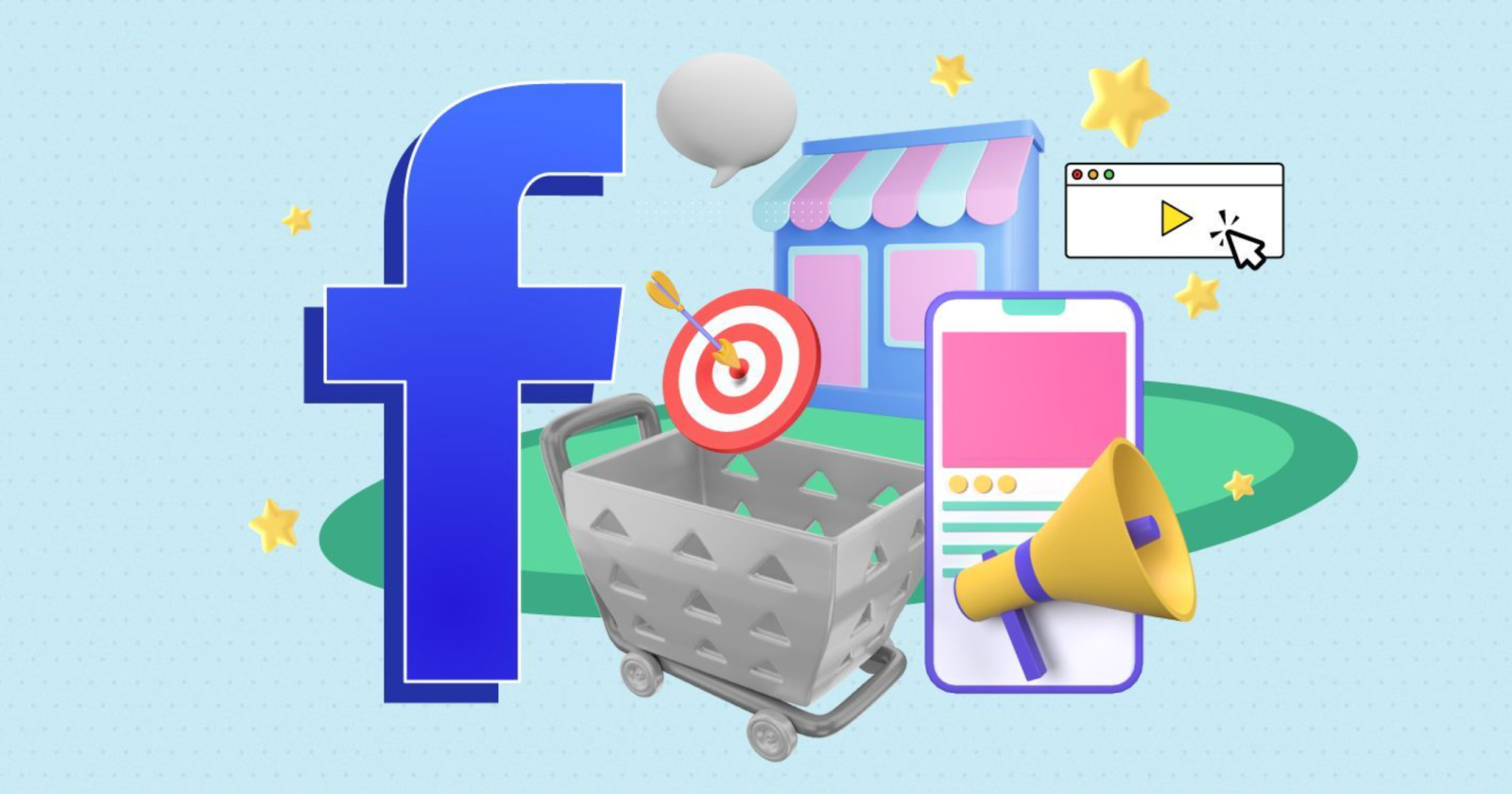
Back to running ads. You can measure a lot of metrics: impressions, clicks (CTR), cost per click (CPC), reach (Reach)… but if you don’t know how to choose the right metrics, everything is meaningless. In fact, the ultimate goal of marketing is not clicks, but valuable behavior: buying, registering, leaving information.
For example, if you run an awareness campaign, CPM (cost per 1,000 impressions) is important. But if you run a sales campaign, the metrics you should care about are CPA (Cost per Action) or ROAS (Return on Ads Spend). Many people are busy optimizing for the highest CTR, lowest CPC, forgetting that the final conversion is what needs to be measured.
Just like reliability and validity, if you measure wrongly (using the wrong metrics), you can be “falsely” optimistic without realizing that the campaign is wasting money. That is why many businesses spend tens or hundreds of millions of dollars every month but have low revenue, because they only look at beautiful reports without knowing whether the data really has business meaning or not.
So, in summary, ineffective advertising mostly comes from subjective reasons:
(1) weak background knowledge
(2) choosing the wrong tool or not coordinating the tools
(3) wrong measurement and assessment.
So what is the solution?
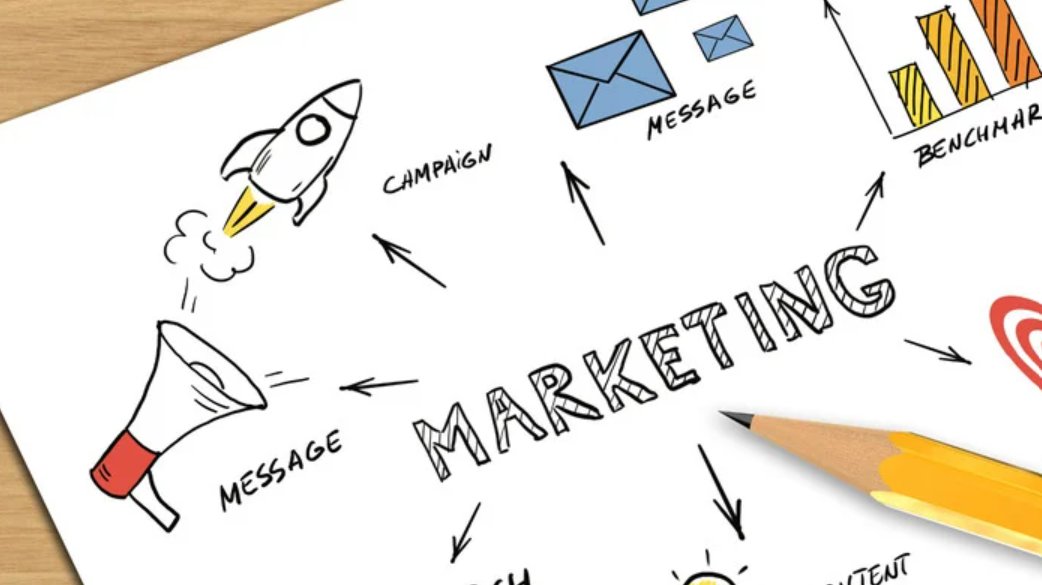
First of all, you need to invest in learning the basics of marketing, understanding STP, customer insights, and the customer journey. Next, expand your knowledge of tools, understand the strengths and weaknesses of each channel, and how to combine them. Last but not least, learn how to measure correctly: choose the right metrics, understand the nature of the numbers, and stick to business goals instead of just chasing “pretty” reports.
Running effective ads is not a secret formula, nor is it a “trick”. It is a process of understanding your customers, your market, your tools, and knowing how to measure real value. Hopefully this long post will help you look back, review, and optimize what you are doing.

